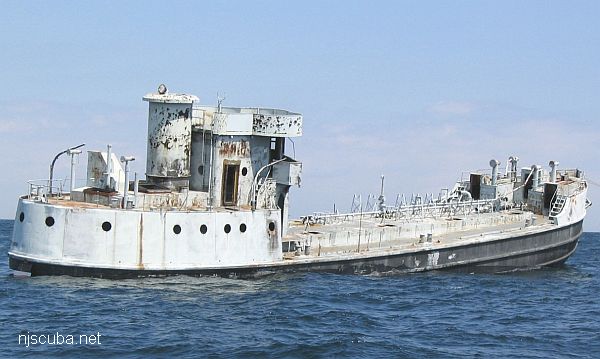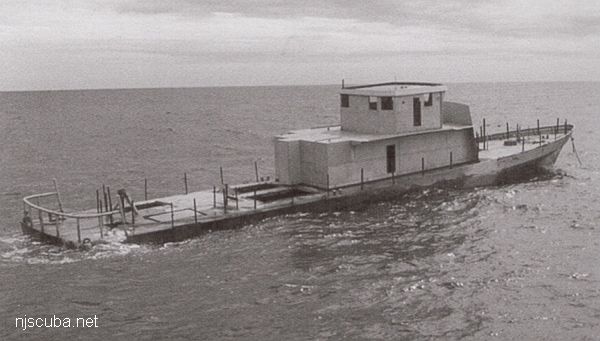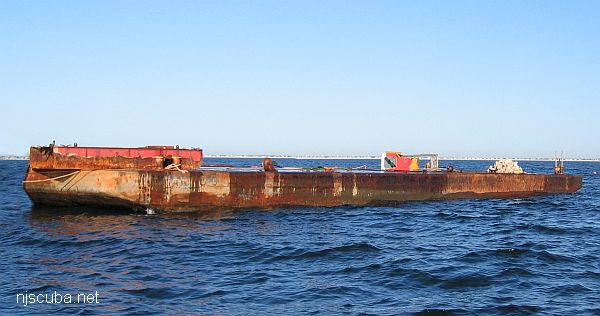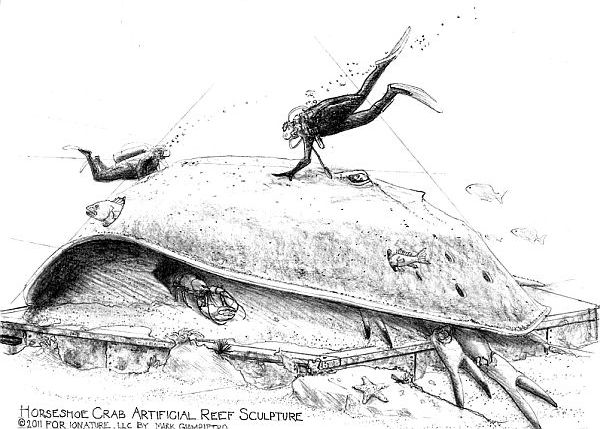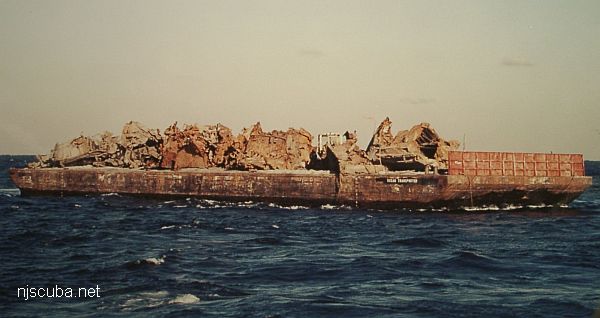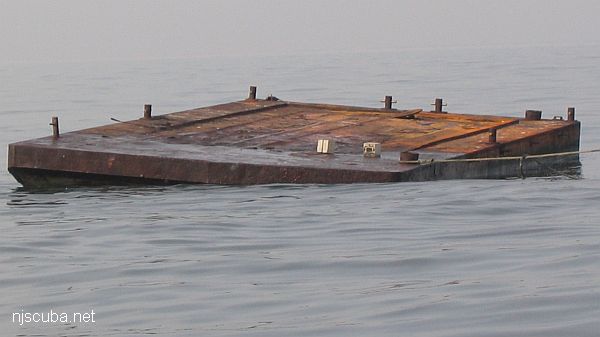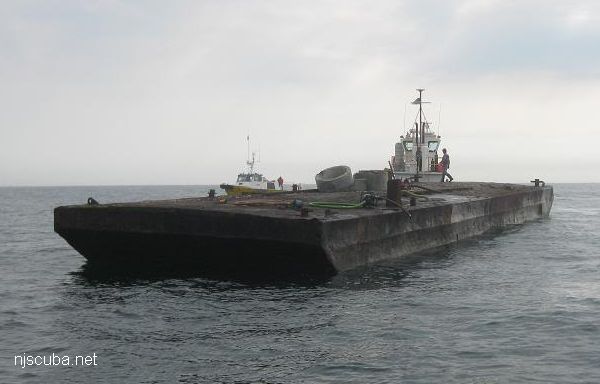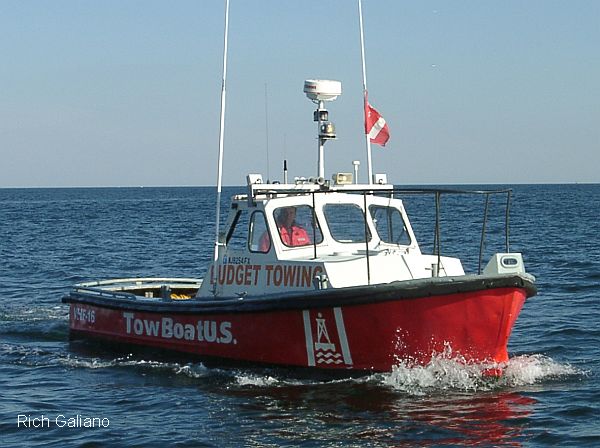
- Type:
- artificial reef, tow boat
- Built:
- 1956
- Specs:
- ( 30 ft )
- Sunk:
- Tuesday July 18, 2006 - Townsends Inlet Artificial Reef
- Sponsor:
- Budget Towing - Point Pleasant / TowBoatUS / Friends of Margie Starns
- GPS:
- 39°06.306' -74°36.471'
- Depth:
More: Heavy Metal ...

